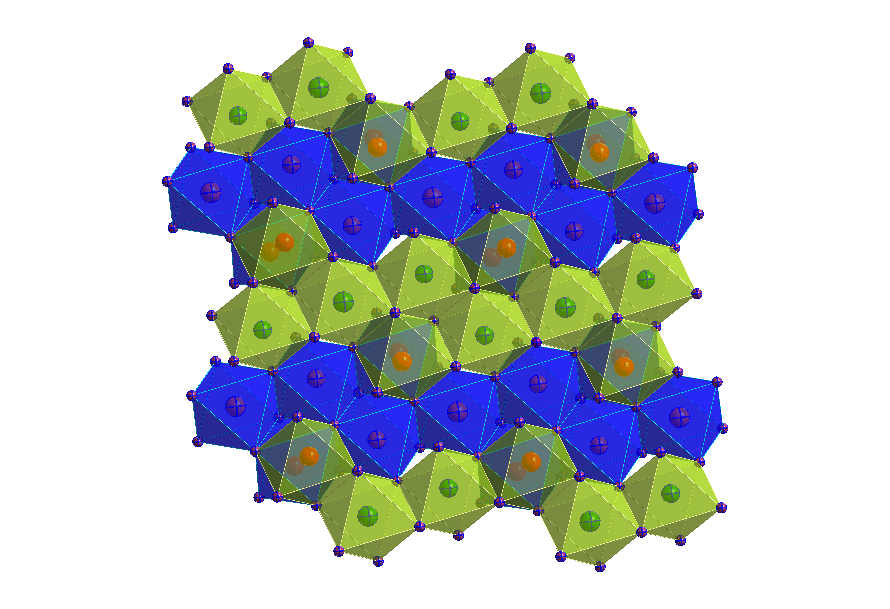
Compressional pathways of a-cristobalite, structure of cristobalite X-I, and towards the understanding of seifertite formation
Ana Černok, Katharina Marquardt, Razvan Caracas, Elena Bykova, Gerlinde Habler, Hanns-Peter Liermann, Michael Hanfland, Mohamed Mezouar, Ema Bobocioiu & Leonid Dubrovinsky
Nature Communications 8, Article number: 15647 (2017) | doi: 10.1038/ncomms15647
http://www.nature.com/articles/ncomms15647
Studying silica (SiO2) minerals of martian and lunar meteorites scientists have been puzzled: the silica minerals (coesite, seifertite, stishovite, and cristobalite), whose formation requires considerably different pressures, can be found simultaneously in the same meteorite. Moreover, occurrence of seifertite (mineral named after first BGI Director Prof. Dr. F. Seifert) needs to be especially clarified, as the pressure needed to reach the stability field of this phase is extremely high: the energy of impact would have been sufficient to smash good portion of the Mars or Moon.
The paper published in Nature Communications by BGI scientists reports the results of complex investigations of cristobalite’s behavior using a combination of different physical methods with a focus on novel in situ single-crystal X-ray diffraction in diamond anvil cells (DACs). First, researchers found that at room temperature a single crystal of cristobalite can sustain pressures as high as 15 GPa. Under hydrostatic compression it maintains the structure built of SiO4 tetrahedra. Within the same pressure range even slight non-hydrostaticity initiates a transformation of cristobalite into a novel phase with the structure built of SiO6 octahedra. The structure of this novel phase (called “cristobalite XI”) is unique and has been never observed for silica or any other material. Surprisingly, ones formed cristobalite XI is stable up to at least 80 GPa. On decompression cristobalite XI turns back to usual cristobalite. Non-hydrostatic compression of cristobalite powder leads to formation of a seifertite-like phase which can be preserved at ambient conditions upon pressure release. It implies that whereas cristobalite may form on decompression of cristobalite XI, seifertite may appear upon non-hydrostatic compression, as the stress conditions of a natural shock, leading to formation of martian or lunar meteorites, are known to be highly variable. Thus, new study provide possible explanation of “seifertite enigma”.

Model of crystal structure of high-pressure form of cristobalite (“cristobalite XI”). It consists of rows of edge-linked SiO6 octahedra propagating at two different levels (shown in blue and green).
Tel: +49-(0) 921 55 3700 / 3766, Fax: +49-(0) 921 55 3769, E-mail: bayerisches.geoinstitut(at)uni-bayreuth.de